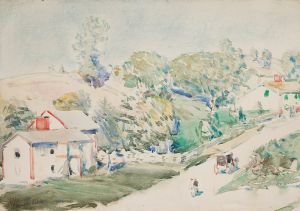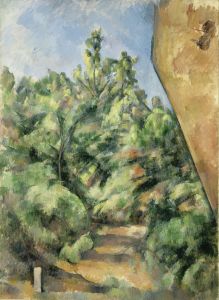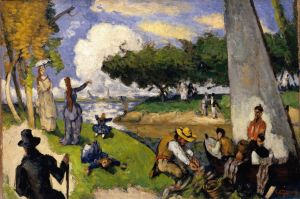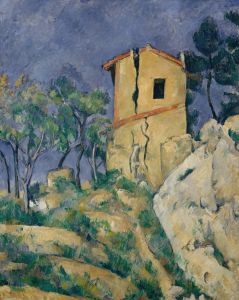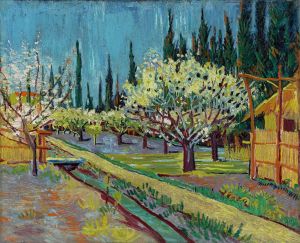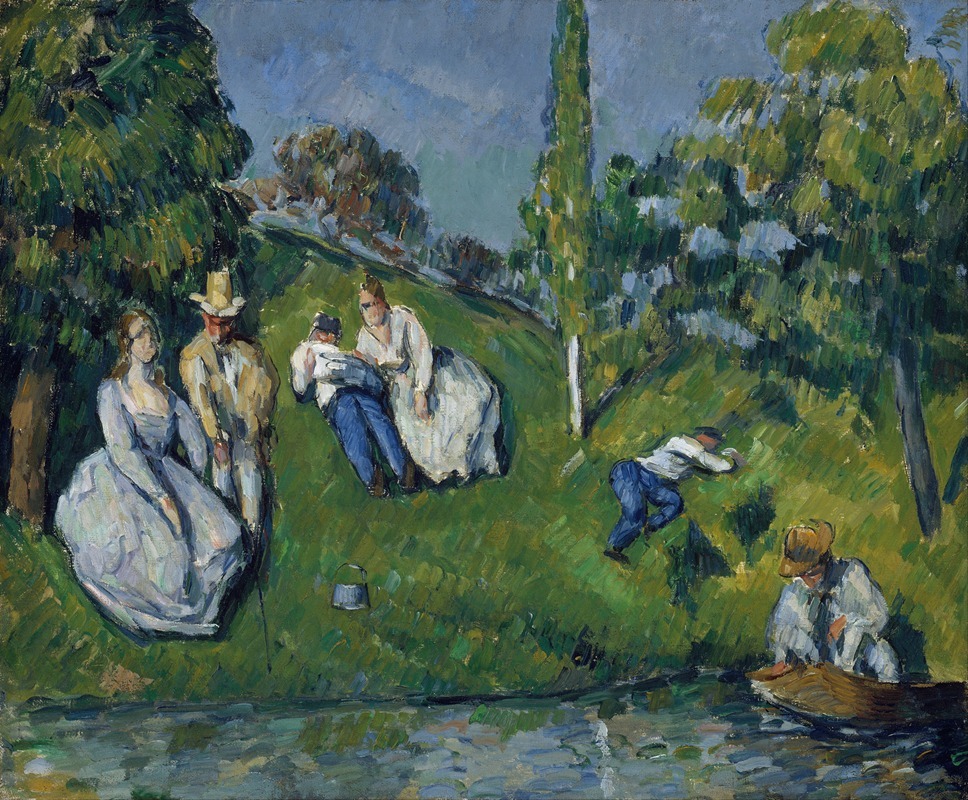
The Pond
A hand-painted replica of Paul Cézanne’s masterpiece The Pond, meticulously crafted by professional artists to capture the true essence of the original. Each piece is created with museum-quality canvas and rare mineral pigments, carefully painted by experienced artists with delicate brushstrokes and rich, layered colors to perfectly recreate the texture of the original artwork. Unlike machine-printed reproductions, this hand-painted version brings the painting to life, infused with the artist’s emotions and skill in every stroke. Whether for personal collection or home decoration, it instantly elevates the artistic atmosphere of any space.
Paul Cézanne's The Pond is a painting attributed to the renowned French Post-Impressionist artist, who is often regarded as a pivotal figure in the transition from 19th-century Impressionism to 20th-century modernism. Cézanne's works are celebrated for their innovative approach to form, color, and composition, which influenced generations of artists, including the Cubists.
The Pond exemplifies Cézanne's exploration of landscapes, a subject he frequently revisited throughout his career. The painting depicts a serene natural scene, featuring a body of water surrounded by trees and vegetation. Cézanne's characteristic brushwork and use of color are evident in the piece, as he employs a palette of greens, blues, and earthy tones to convey the interplay of light and shadow in the environment. The composition reflects his interest in capturing the underlying structure of nature, with an emphasis on geometric forms and spatial relationships.
While specific details about the creation of The Pond—such as its exact date or location—are not definitively documented, it is consistent with Cézanne's broader body of work, particularly his landscapes painted in the Provence region of France. Cézanne often worked en plein air, directly observing and interpreting the natural world, though he also reimagined and refined his compositions in the studio.
Cézanne's approach to landscape painting was revolutionary for its time. Rather than striving for photographic realism, he sought to convey the essence and permanence of the scene. His method involved building up the image through small, deliberate brushstrokes, creating a sense of depth and solidity. This technique is evident in The Pond, where the interplay of colors and shapes creates a harmonious yet dynamic representation of the natural setting.
The painting is part of Cézanne's broader legacy, which includes numerous landscapes, still lifes, and portraits. His work has been widely exhibited and studied, and he is considered one of the most influential artists in Western art history. The Pond is housed in a private or public collection, though its specific current location is not widely documented in public records.
As with many of Cézanne's works, The Pond invites viewers to engage with the artist's unique vision of the world, blending observation with abstraction. It stands as a testament to his enduring impact on the development of modern art.







